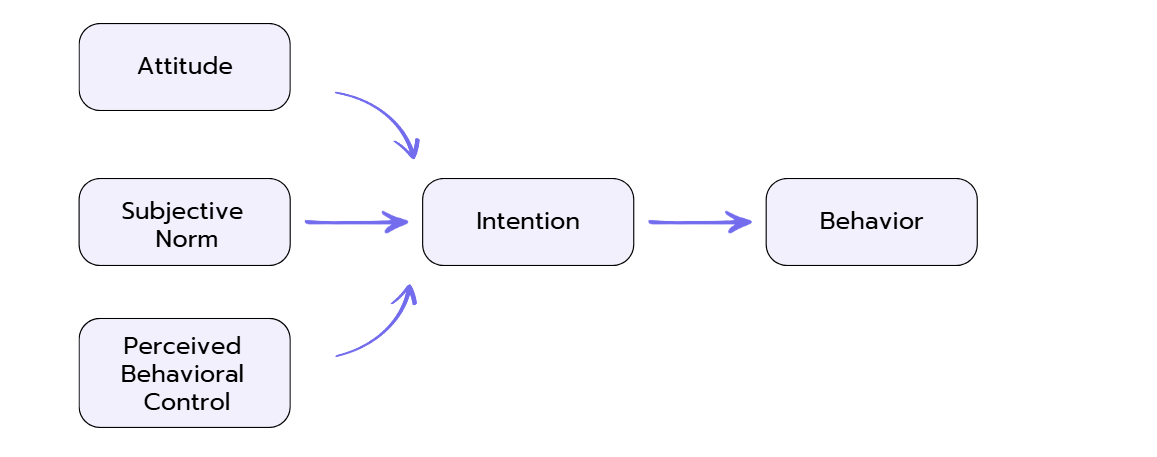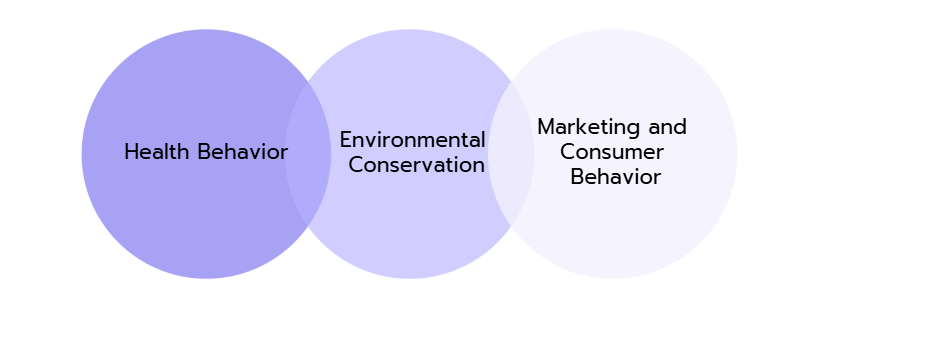Why do people make the choices they do? What drives individuals to engage in specific behaviors, whether it's adopting a healthy lifestyle, conserving the environment, or buying a product? These questions have intrigued psychologists and researchers for decades.
One theory that has shed light on the complexities of human behavior is the Theory of Planned Behavior (TPB). Developed by Icek Ajzen in the late 1980s, the TPB provides valuable insights into how our intentions shape our actions.
In this article, we'll delve into the core concepts of the TPB and explore its applications in various domains, helping us better understand the driving forces behind human behavior. If you understand this concept as a consultant, it can help to focus on a topic while working on a growth strategy or market entry case.
The Theory of Planned Behavior: A Brief Overview
The Theory of Planned Behavior (TPB) is a psychological framework that seeks to explain and predict human behavior by focusing on the role of intention. At its core, the TPB proposes that an individual's intention to engage in a particular behavior is the primary determinant of whether they will actually perform that behavior.
Let's break down the key components of the TPB:

- Attitude toward the Behavior (A):
This component reflects an individual's overall evaluation of a specific behavior. It is influenced by their beliefs about the outcomes or consequences of that behavior and the importance they attach to those outcomes. In simple terms, do they think the behavior is good or bad, and do they care about its outcomes? - Subjective Norm (SN):
Subjective norm considers the perceived social pressure or influence on an individual regarding the behavior in question. It takes into account the person's beliefs about whether people important to them approve or disapprove of the behavior, and their motivation to comply with these perceived norms. - Perceived Behavioral Control (PBC):
This factor assesses the extent to which an individual believes they have the necessary resources, opportunities, and abilities to engage in the behavior. It considers the barriers, facilitators, and self-efficacy related to the behavior.
According to the TPB, these three elements - attitude, subjective norm and perceived behavioral control - combine to shape an individual's intention to perform a specific behavior. Importantly, intention is considered the immediate precursor to actual behavior. The stronger one's intention to perform a behavior, the more likely they are to follow through.
Applications of the TPB
The Theory of Planned Behavior has found applications in various fields, helping researchers and practitioners understand and influence behaviors in diverse contexts.
Here are a few examples:

- Health Behavior:
In the realm of health, TPB has been used to study behaviors such as smoking cessation, vaccination acceptance, and adherence to medication regimens. By understanding the factors shaping intentions, health professionals can design more effective interventions. - Environmental Conservation:
TPB has been applied to promote environmentally friendly behaviors such as recycling, energy conservation, and sustainable transportation choices. By addressing attitudes, social norms, and perceived control, campaigns can encourage eco-friendly actions. - Marketing and Consumer Behavior:
Businesses use the TPB to gain insights into consumer choices. By examining consumers' attitudes, the influence of reference groups, and perceived control over purchase decisions, marketers can tailor their strategies to better meet customer needs.
Conclusion
The Theory of Planned Behavior offers a valuable framework for understanding the factors that drive human behavior. By focusing on the interplay between attitudes, social norms, and perceived control, this theory helps us decode why people make the choices they do. From health interventions to environmental campaigns and marketing strategies, the TPB's applications are far-reaching. It empowers researchers and practitioners to design more effective interventions and initiatives by targeting the factors that shape intentions. Ultimately, by unraveling the mystery of human behavior, we can work toward creating a better world where informed choices lead to positive outcomes.

